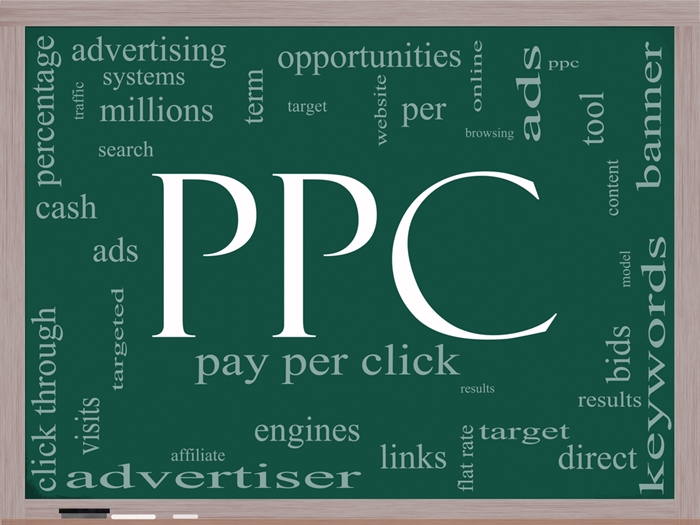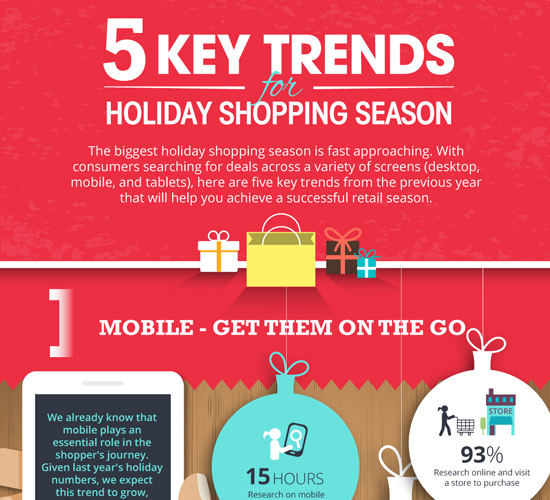Using Big Data to Build Customer Relationships
 Big data is no longer a marketing buzzword; it’s an industry mainstay. In today’s digital age, businesses are trying to leverage mass quantities of collected information to their advantage by identifying their customers’ behavioral and buying trends.
Big data is no longer a marketing buzzword; it’s an industry mainstay. In today’s digital age, businesses are trying to leverage mass quantities of collected information to their advantage by identifying their customers’ behavioral and buying trends.
Big data most likely to impact customer relationships
In fact, creating stronger consumer partnerships is the area where big data could have the biggest impact this year! According to a recent Accenture study, “Big Success with Big Data“, 37 percent of executive respondents said big data would have the largest effect on positively driving customer relationships this year. Sixty-three percent reported believing big data impacting customer relationships was in the top three effects.

 Are your visitors leaving your website?
Are your visitors leaving your website?

 Digital marketing has entirely transformed the way businesses reach out to prospective clients. The Internet’s vast reach has enabled companies to not only connect with a higher number of prospects, but do so in a more engaging manner in real time. As a result, marketing spend on digital channels – social media, specifically – has increased significantly over the years.
Digital marketing has entirely transformed the way businesses reach out to prospective clients. The Internet’s vast reach has enabled companies to not only connect with a higher number of prospects, but do so in a more engaging manner in real time. As a result, marketing spend on digital channels – social media, specifically – has increased significantly over the years.